Travelers 2014 Annual Report Download - page 120
Download and view the complete annual report
Please find page 120 of the 2014 Travelers annual report below. You can navigate through the pages in the report by either clicking on the pages listed below, or by using the keyword search tool below to find specific information within the annual report.-
 1
1 -
 2
2 -
 3
3 -
 4
4 -
 5
5 -
 6
6 -
 7
7 -
 8
8 -
 9
9 -
 10
10 -
 11
11 -
 12
12 -
 13
13 -
 14
14 -
 15
15 -
 16
16 -
 17
17 -
 18
18 -
 19
19 -
 20
20 -
 21
21 -
 22
22 -
 23
23 -
 24
24 -
 25
25 -
 26
26 -
 27
27 -
 28
28 -
 29
29 -
 30
30 -
 31
31 -
 32
32 -
 33
33 -
 34
34 -
 35
35 -
 36
36 -
 37
37 -
 38
38 -
 39
39 -
 40
40 -
 41
41 -
 42
42 -
 43
43 -
 44
44 -
 45
45 -
 46
46 -
 47
47 -
 48
48 -
 49
49 -
 50
50 -
 51
51 -
 52
52 -
 53
53 -
 54
54 -
 55
55 -
 56
56 -
 57
57 -
 58
58 -
 59
59 -
 60
60 -
 61
61 -
 62
62 -
 63
63 -
 64
64 -
 65
65 -
 66
66 -
 67
67 -
 68
68 -
 69
69 -
 70
70 -
 71
71 -
 72
72 -
 73
73 -
 74
74 -
 75
75 -
 76
76 -
 77
77 -
 78
78 -
 79
79 -
 80
80 -
 81
81 -
 82
82 -
 83
83 -
 84
84 -
 85
85 -
 86
86 -
 87
87 -
 88
88 -
 89
89 -
 90
90 -
 91
91 -
 92
92 -
 93
93 -
 94
94 -
 95
95 -
 96
96 -
 97
97 -
 98
98 -
 99
99 -
 100
100 -
 101
101 -
 102
102 -
 103
103 -
 104
104 -
 105
105 -
 106
106 -
 107
107 -
 108
108 -
 109
109 -
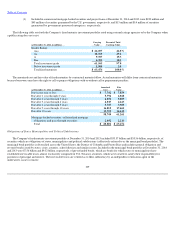 110
110 -
 111
111 -
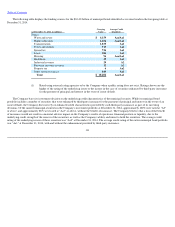 112
112 -
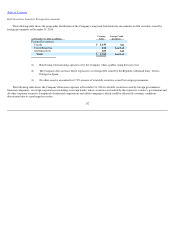 113
113 -
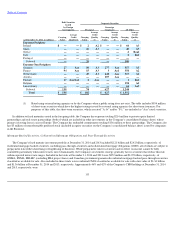 114
114 -
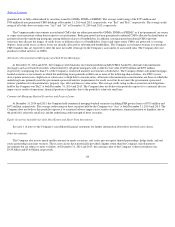 115
115 -
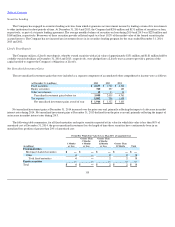 116
116 -
 117
117 -
 118
118 -
 119
119 -
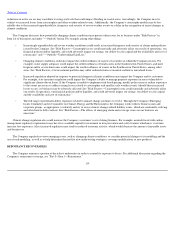 120
120 -
 121
121 -
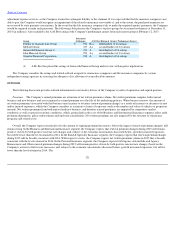 122
122 -
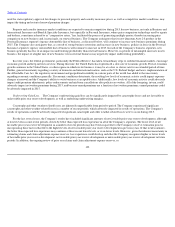 123
123 -
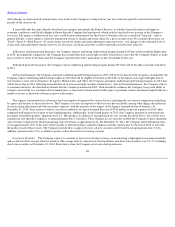 124
124 -
 125
125 -
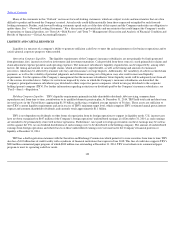 126
126 -
 127
127 -
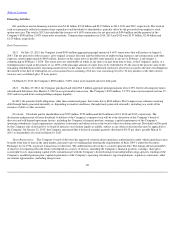 128
128 -
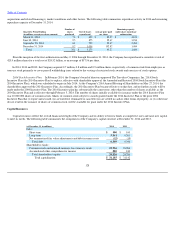 129
129 -
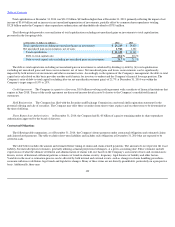 130
130 -
 131
131 -
 132
132 -
 133
133 -
 134
134 -
 135
135 -
 136
136 -
 137
137 -
 138
138 -
 139
139 -
 140
140 -
 141
141 -
 142
142 -
 143
143 -
 144
144 -
 145
145 -
 146
146 -
 147
147 -
 148
148 -
 149
149 -
 150
150 -
 151
151 -
 152
152 -
 153
153 -
 154
154 -
 155
155 -
 156
156 -
 157
157 -
 158
158 -
 159
159 -
 160
160 -
 161
161 -
 162
162 -
 163
163 -
 164
164 -
 165
165 -
 166
166 -
 167
167 -
 168
168 -
 169
169 -
 170
170 -
 171
171 -
 172
172 -
 173
173 -
 174
174 -
 175
175 -
 176
176 -
 177
177 -
 178
178 -
 179
179 -
 180
180 -
 181
181 -
 182
182 -
 183
183 -
 184
184 -
 185
185 -
 186
186 -
 187
187 -
 188
188 -
 189
189 -
 190
190 -
 191
191 -
 192
192 -
 193
193 -
 194
194 -
 195
195 -
 196
196 -
 197
197 -
 198
198 -
 199
199 -
 200
200 -
 201
201 -
 202
202 -
 203
203 -
 204
204 -
 205
205 -
 206
206 -
 207
207 -
 208
208 -
 209
209 -
 210
210 -
 211
211 -
 212
212 -
 213
213 -
 214
214 -
 215
215 -
 216
216 -
 217
217 -
 218
218 -
 219
219 -
 220
220 -
 221
221 -
 222
222 -
 223
223 -
 224
224 -
 225
225 -
 226
226 -
 227
227 -
 228
228 -
 229
229 -
 230
230 -
 231
231 -
 232
232 -
 233
233 -
 234
234 -
 235
235 -
 236
236 -
 237
237 -
 238
238 -
 239
239 -
 240
240 -
 241
241 -
 242
242 -
 243
243 -
 244
244 -
 245
245 -
 246
246 -
 247
247 -
 248
248 -
 249
249 -
 250
250 -
 251
251 -
 252
252 -
 253
253 -
 254
254 -
 255
255 -
 256
256 -
 257
257 -
 258
258 -
 259
259 -
 260
260 -
 261
261 -
 262
262 -
 263
263 -
 264
264 -
 265
265 -
 266
266 -
 267
267 -
 268
268 -
 269
269 -
 270
270 -
 271
271 -
 272
272 -
 273
273 -
 274
274 -
 275
275 -
 276
276 -
 277
277 -
 278
278 -
 279
279 -
 280
280 -
 281
281 -
 282
282 -
 283
283 -
 284
284 -
 285
285 -
 286
286 -
 287
287 -
 288
288 -
 289
289 -
 290
290 -
 291
291 -
 292
292 -
 293
293 -
 294
294 -
 295
295 -
 296
296 -
 297
297 -
 298
298 -
 299
299 -
 300
300 -
 301
301 -
 302
302 -
 303
303 -
 304
304 -
 305
305 -
 306
306 -
 307
307 -
 308
308 -
 309
309 -
 310
310 -
 311
311 -
 312
312 -
 313
313 -
 314
314 -
 315
315 -
 316
316 -
 317
317 -
 318
318 -
 319
319 -
 320
320 -
 321
321 -
 322
322 -
 323
323 -
 324
324 -
 325
325 -
 326
326 -
 327
327 -
 328
328 -
 329
329 -
 330
330 -
 331
331 -
 332
332 -
 333
333 -
 334
334 -
 335
335 -
 336
336 -
 337
337 -
 338
338 -
 339
339 -
 340
340 -
 341
341 -
 342
342 -
 343
343 -
 344
344 -
 345
345 -
 346
346 -
 347
347 -
 348
348 -
 349
349 -
 350
350 -
 351
351 -
 352
352 -
 353
353 -
 354
354 -
 355
355 -
 356
356 -
 357
357 -
 358
358 -
 359
359 -
 360
360 -
 361
361 -
 362
362 -
 363
363 -
 364
364 -
 365
365 -
 366
366
 |
 |

Table of Contents
reductions in arctic sea ice may contribute to rising sea levels that could impact flooding in coastal areas. Accordingly, the Company may be
subject to increased losses from catastrophes and other weather
-
related events. Additionally, the Company's catastrophe models may be less
reliable due to the increased unpredictability, frequency and severity of severe weather events or a delay in the recognition of recent changes in
climate conditions.
The Company discusses how potentially changing climate conditions may present other issues for its business under "Risk Factors" in
Item 1A of this report and under "—Outlook" herein. For example, among other things:
•
Increasingly unpredictable and severe weather conditions could result in increased frequency and severity of claims under policies
issued by the Company. See "Risk Factors—Catastrophe losses could materially and adversely affect our results of operations, our
financial position and/or liquidity, and could adversely impact our ratings, our ability to raise capital and the availability and cost of
reinsurance" and "—Outlook—Underwriting Gain/Loss."
•
Changing climate conditions could also impact the creditworthiness of issuers of securities in which the Company invests. For
example, water supply adequacy could impact the creditworthiness of bond issuers in the Southwestern United States, and more
frequent and/or severe hurricanes could impact the creditworthiness of issuers in the Southeastern United States, among other
areas. See "Risk Factors—Our investment portfolio may suffer reduced returns or material realized or unrealized losses."
•
Increased regulation adopted in response to potential changes in climate conditions may impact the Company and its customers.
For example, state insurance regulation could impact the Company's ability to manage property exposures in areas vulnerable to
significant climate driven losses. If the Company is unable to implement risk based pricing, modify policy terms or reduce exposures
to the extent necessary to address rising losses related to catastrophes and smaller scale weather events (should those increased
losses occur), its business may be adversely affected. See "Risk Factors—Catastrophe losses could materially and adversely affect
our results of operations, our financial position and/or liquidity, and could adversely impact our ratings, our ability to raise capital
and the availability and cost of reinsurance."
•
The full range of potential liability exposures related to climate change continues to evolve. Through the Company's Emerging
Issues Committee and its Committee on Climate, Energy and the Environment, the Company works with its business units and
corporate groups, as appropriate, to identify and try to assess climate change
-
related liability issues, which are continually evolving
and often hard to fully evaluate. See "Risk Factors—The effects of emerging claim and coverage issues on our business are
uncertain."
Climate change regulation also could increase the Company's customers' costs of doing business. For example, insureds faced with carbon
management regulatory requirements may have less available capital for investment in loss prevention and safety features which may, over time,
increase loss exposures. Also, increased regulation may result in reduced economic activity, which would decrease the amount of insurable assets
and businesses.
The Company regularly reviews emerging issues, such as changing climate conditions, to consider potential changes to its modeling and the
use of such modeling, as well as to help determine the need for new underwriting strategies, coverage modifications or new products.
REINSURANCE RECOVERABLES
The Company reinsures a portion of the risks it underwrites in order to control its exposure to losses. For additional discussion regarding the
Company's reinsurance coverage, see "Part I—
Item 1
—Reinsurance."
119
